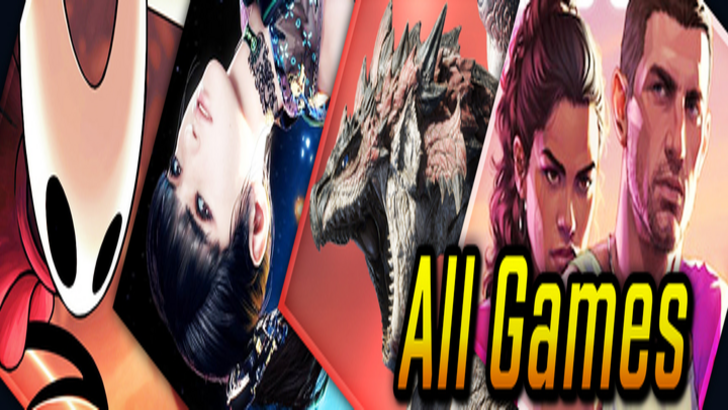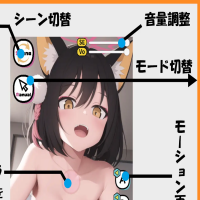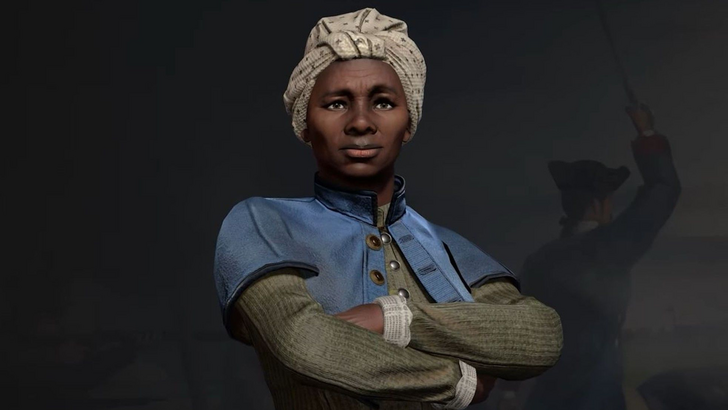
Civilization's leaders have always been as iconic as the civilizations themselves, and how Firaxis selects each nation's representation has evolved over time. Dive into this article to explore Civilization VII's roster and how it redefines the concept of leadership through the ages.
← Return to Sid Meier's Civilization VII main article
Civ VII Redefines What it Means to Be a Leader
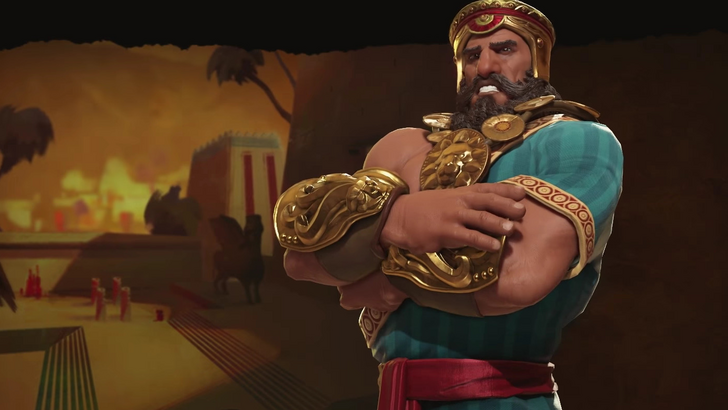
Leaders are the heart and soul of the Civilization series, defining its essence from the very first game. They are more than just figureheads; they embody the spirit of their civilization, playing a crucial role in every gameplay experience. Over the years, these leaders have mirrored the diversity of real-world nations, evolving and adapting with each new release. Each installment has brought fresh innovations to their design, reshaping the notion of leadership and its impact on gameplay.
Join me as we journey through Civilization's history to see how the leader roster has evolved, the changes each game introduced, and how Civilization VII redefines leadership with its distinctive lineup.
Old Civ Was a Superpowers Club Only
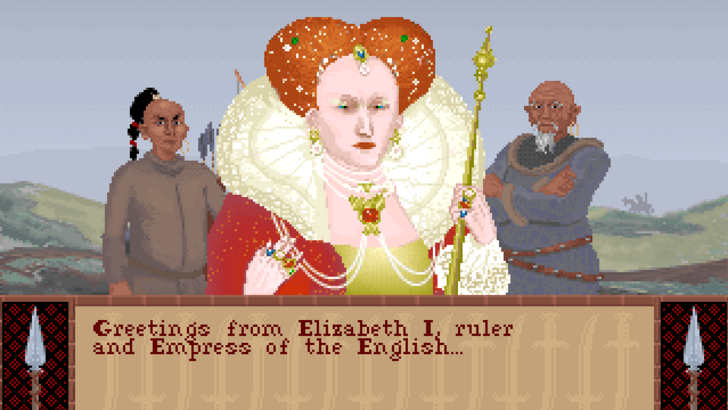
Starting with Sid Meier's original 4X masterpiece, Civilization, the initial leader roster was simpler compared to later games. It focused on global superpowers from the early '90s and historical antiquity, with their leaders being mostly predictable.
With limited design and technical capabilities, the game featured only 15 civilizations, including powerhouses like America, Rome, Greece, Japan, China, France, Egypt, and Russia. Leadership was interpreted quite literally—each civilization's leader was a historical head of state. The selection favored widely recognized figures, resulting in leaders like Abraham Lincoln, Tokugawa Ieyasu, Mahatma Gandhi, and Julius Caesar, alongside controversial choices like Mao Zedong and Joseph Stalin. Elizabeth I was the only female leader in the lineup. This straightforward approach was fitting for the era but set the stage for future innovations starting with Civilization II.
Civs 2 Through 5 Increase Diversity and Creativity in Increments
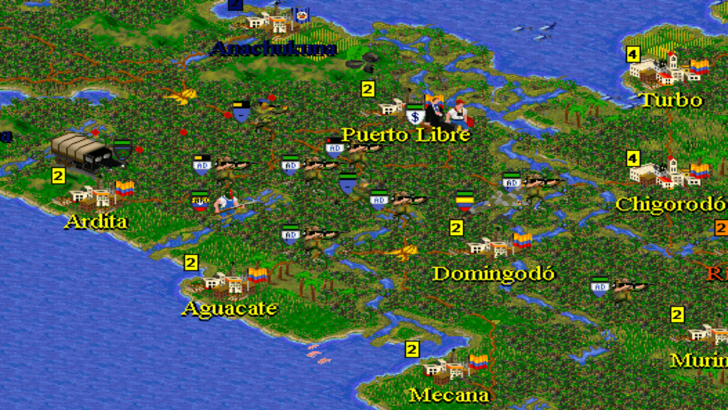
By the release of Civilization II, the leader roster and civilization list had expanded significantly. New civilizations like the Sioux were introduced, alongside additional historical superpowers such as Spain. A major step forward was the introduction of an alternative roster for women, allowing every civilization to have both male and female leaders.
The concept of "leader" also expanded to include figures who were pivotal to their civilization's identity, even if not traditional heads of state. Notable examples include Sacagawea for the Sioux and Amaterasu, a Shinto goddess for Japan.
Civilization III took a different tack by removing the separate female roster but integrating more female leaders directly into the base game, including Joan of Arc for France and Catherine the Great for Russia, replacing Napoleon and Stalin, respectively.
By the time Civilization IV and V were released, the roster size and the definition of leadership had grown immensely. Leaders now included revolutionaries, generals, reformists, and even consorts. Traditional figureheads were often replaced or supplemented with new faces, such as Wu Zetian replacing Mao Zedong in China and both Victoria I and Elizabeth I representing England.
This evolution highlighted that Civilization was not just about the story of the powerful and famous but about the broader narrative of humanity.
Civ 6 is When The Roster Starts to Get Spicy
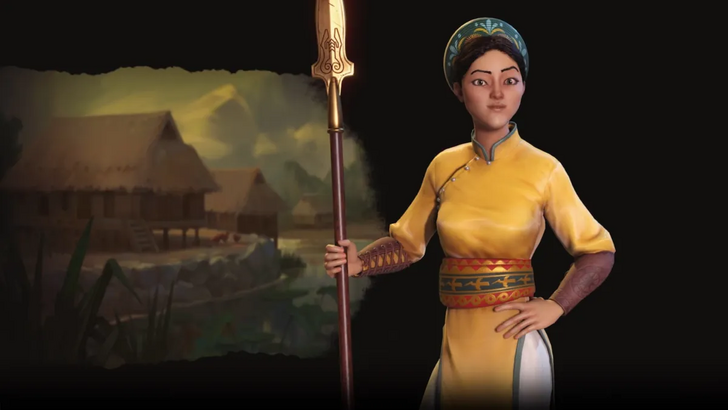
Civilization VI marked a peak in characterization, diversity, and creativity, with leaders portrayed as animated caricatures. It introduced Leader Personas, alternative versions of the same leader highlighting different facets of their personality or rule, offering unique playstyles. As technology advanced, the roster welcomed lesser-known heroes from lesser-known civilizations.
Lautaro of the Mapuche, a symbol of resistance against Spanish conquest in Chile, and Bà Triệu, a Vietnamese warrior who fought against Wu occupation, were among the new additions. Queen Gorgo of Sparta provided a contrast to Pericles' diplomatic leadership of Greece.
Leaders were now defined by specific chapters of their lives, a concept that paved the way for Civilization VII's approach. Eleanor of Aquitaine could lead either France or England, and Kublai Khan could rule over either the Mongols or China. Multiple leader options for civilizations, such as America under Abraham Lincoln or Theodore Roosevelt, and China under Qin Shi Huang, Wu Zetian, or Yongle, further diversified the roster.
Leader Personas added even more variety, with characters like Catherine de Medici, Theodore Roosevelt, Harald Hardrada, Suleiman, and Victoria receiving alternate versions with distinct playstyles.
Civ 7 Forgoes Series Staples for Fresh Faces and Unique Leaders
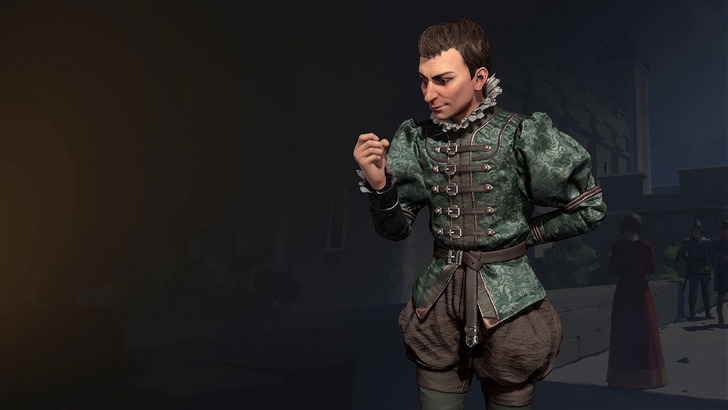
Civilization VII represents the latest evolution in Firaxis' approach to leader selection. It offers the most diverse and creative roster yet, featuring unconventional leaders, multiple personas, and carefully curated picks tailored to different playstyles.
This was achieved through a mix-and-match system that frees leaders from being tied to a single historical nation or people. Harriet Tubman, the American abolitionist and Underground Railroad leader, exemplifies this new approach. In Civ VII, her leadership focuses on infiltration and espionage, filling a role previously held by Catherine de Medici.
Other unexpected leaders include Niccolò Machiavelli, embodying self-serving diplomacy, and José Rizal of the Philippines, who focuses on diplomacy, narrative events, and celebrations.
After nearly 30 years, Civilization has evolved from a game about superpowers shaping history to a rich, diverse, and imaginative collection of leaders telling the story of humanity. The definition of leadership has transformed dramatically, yet its significance remains unchanged. As we look forward to Civilization VIII, we might see contemporary leaders, but for now, we can appreciate the intricate tapestry woven by the series' rosters.
← Return to Sid Meier's Civilization VII main article
Sid Meier's Civilization VII Similar Games
